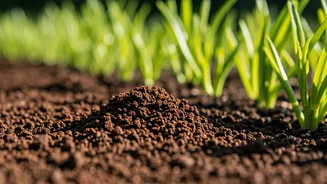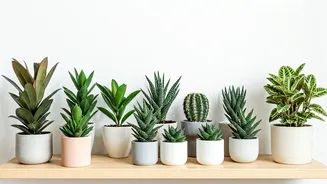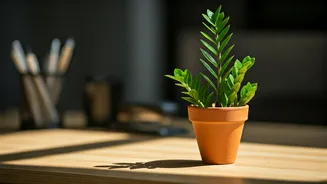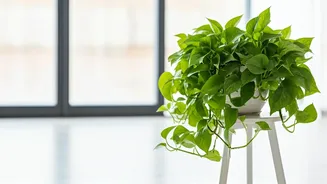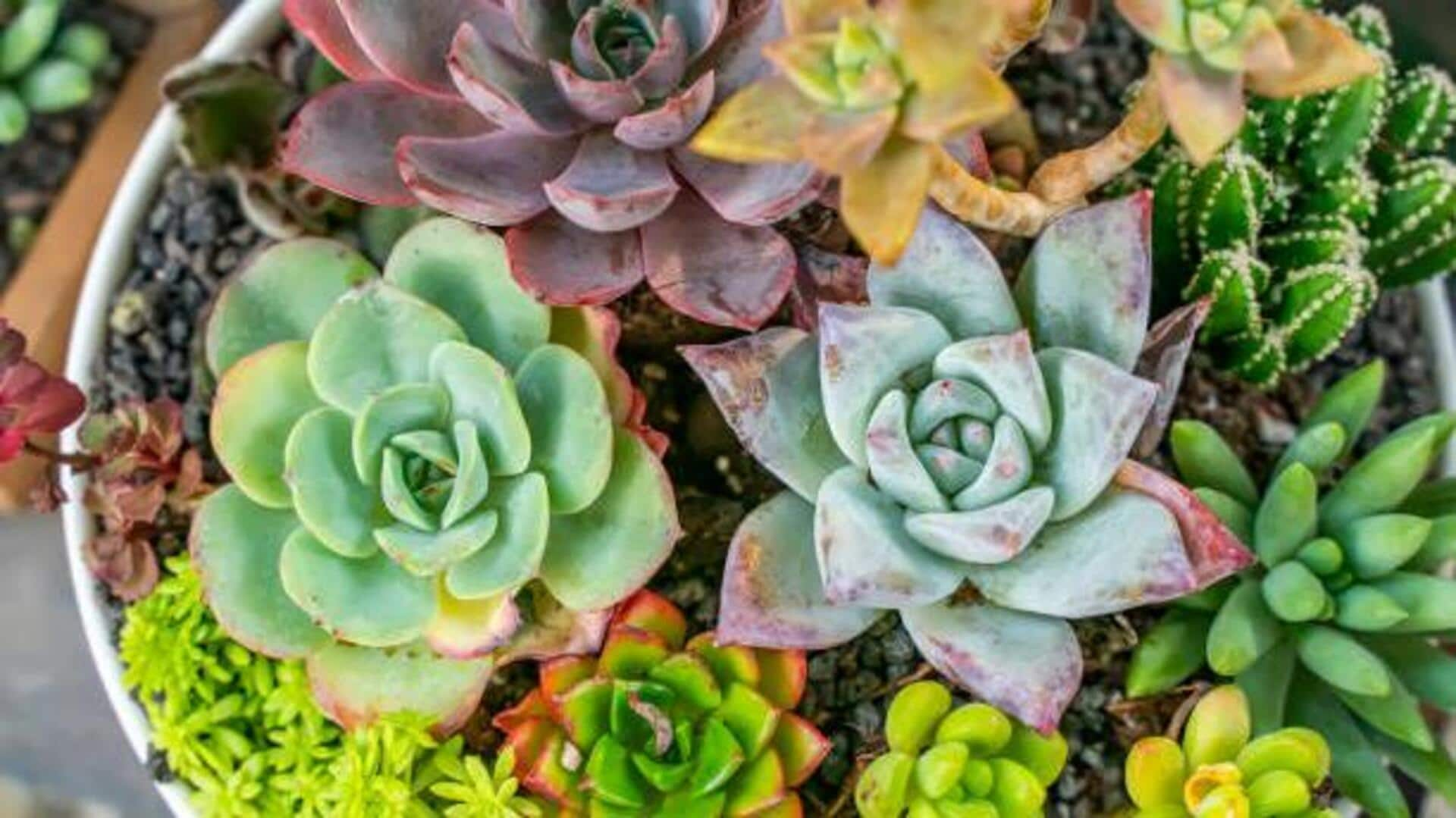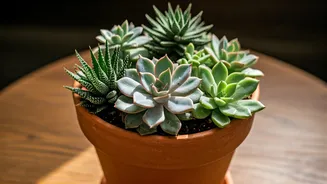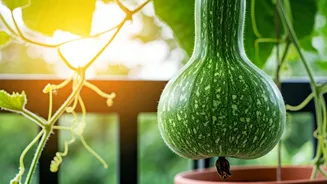Recognize Overwatering
The initial step involves identifying whether your succulent is suffering from excessive watering. Various tell-tale signs suggest your plant has received
too much hydration. Observe the leaves carefully; they might appear translucent, swollen, or even feel mushy. In severe cases, the leaves may turn yellow or brown and eventually drop off. The stem could also show signs of rot, becoming soft and discolored. Examine the soil; if it remains consistently damp, it's a clear indicator of overwatering. Additionally, if your succulent is in a pot without proper drainage, water will accumulate at the base, potentially leading to root rot. Catching these signs early can significantly improve your chances of saving your succulent.
Assess the Damage
Once you suspect overwatering, the subsequent action is to evaluate the extent of the harm. Carefully remove the succulent from its pot to examine the roots. Healthy roots typically appear firm and light-colored. Conversely, roots that have rotted will be soft, dark, and possibly slimy. If the root rot is minor, you might be able to save the succulent by carefully removing the affected roots with a clean, sharp knife or scissors. For severe cases, where a significant portion of the roots are decayed, the chances of saving the plant are reduced. Also, inspect the leaves for signs of decay. If the damage is localized to a few leaves, you can remove them. However, if a large number of leaves show decay, the plant's condition might be significantly compromised.
Improve Soil Drainage
One of the core strategies for rescuing an overwatered succulent involves enhancing soil drainage. Often, the original soil mix may retain too much moisture. If the plant is potted in a soil that doesn't drain well, repotting is key. Select a well-draining potting mix specifically formulated for succulents, which usually includes ingredients like perlite, sand, or pumice. These components help to increase aeration and allow excess water to drain efficiently. Ensure the pot itself has drainage holes. If the pot lacks them, the water will gather at the bottom, leading to root rot. Adding a layer of gravel or pebbles at the bottom of the pot can further improve drainage. These actions create an environment where water flows freely, reducing the risk of overwatering and promoting healthier root growth.
Adjust Watering Schedule
A crucial adjustment in the care of an overwatered succulent is modifying the watering schedule. The frequency of watering should be significantly reduced. Allow the soil to dry out completely between waterings. Test the soil's moisture level by inserting your finger into the top inch or two of the soil. If the soil feels damp, it is not time to water again. The best time to water is when the soil feels completely dry. Water the succulent deeply, until water drains out of the drainage holes. Avoid misting the leaves, as this can contribute to excess moisture. Factors like temperature, humidity, and sunlight will influence the watering frequency. During warmer seasons, succulents might need more frequent watering compared to cooler months. Always observe your plant and adjust the watering schedule accordingly, allowing the soil to dry out before re-watering.
Provide Optimal Light
Providing optimal light conditions is another important element in aiding the recovery of an overwatered succulent. Adequate light is essential for photosynthesis and overall plant health. Place the succulent in a location where it receives ample bright, indirect sunlight. If the plant isn’t receiving enough light, it can become stretched and weak, making it more vulnerable to disease. Direct sunlight can burn the leaves, so avoid exposing the succulent to direct midday sun, particularly during the hottest parts of the day. A south-facing window typically offers sufficient light, though adjusting based on the plant's specific needs may be required. If natural light is insufficient, consider using a grow light to supplement it. This ensures that the plant receives the required light energy, which will assist in its recovery.
Monitor Plant Health
Regularly monitoring your succulent's health is essential for effective recovery from overwatering. Observe the plant for any new signs of stress or improvement. Check the leaves for changes in color, firmness, or texture. Healthy leaves should be firm and vibrant; any sign of mushiness, discoloration, or leaf drop suggests problems. Also, watch for any further root rot by gently removing the succulent from the pot to examine the roots. Check the stems for any signs of rot or decay. If you spot any new issues, adjust your care routine as needed. Keep a close eye on the soil's moisture level. This will help you adjust the watering schedule appropriately. Early detection of any problems will increase the chances of saving the succulent. Maintaining consistent monitoring will allow you to tailor your care strategy to the specific needs of your plant.



